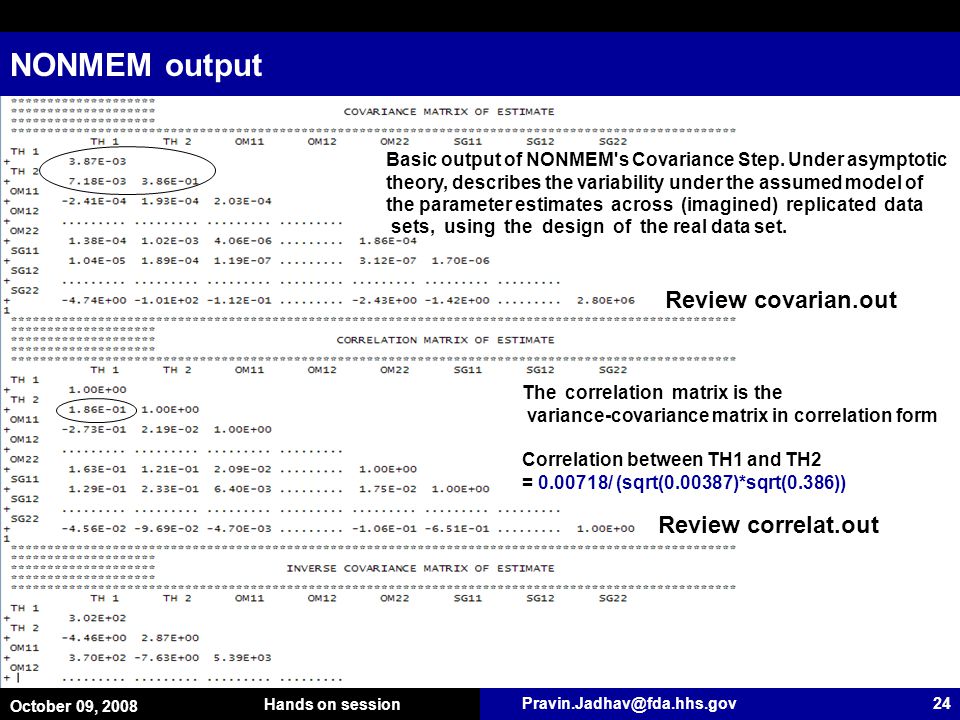

Several types of diagnostic plots allow to evaluate a mixed effects model fit, the most common being:Ĭ. In the context of model building, evaluation and qualification, it is good practice to assess the goodness-of-fit of models by inspecting (qualitatively and quantitatively) a set of graphs that indicate how well the model describes the data. ggPMX was developed in the framework of Pharmacometric activities, in which case the model is a population pharmacokinetic (PK) and/or pharmacodynamic (PD) model and the data is clinical or pre-clinical PK and/or PD data. The general context is the analysis of mixed effect models fitted to data. The package also allows to fully automate plots and report generation. The package allows a high degree of flexibility and customization, yet providing an acceptable default setting. The package aims to provide a workflow that is consistent, efficient and which results in high quality graphics ready to use in official documents and reports. The current release (1.2) supports models fitted with Monolix versions 2016 and later, NONMEM version 7.2 and later and nlmixr. The tool is built upon the ggplot2 package and supports models developped with Monolix, NONMEM and nlmixr software. The ggPMX package generates standard diagnostic plots and tables for mixed effect models used in Pharmacometric (PMX) activities. #> Error in theophylline(): could not find function "theophylline" #> Error in library(ggPMX): there is no package called 'ggPMX' The types of supported customizations include modifications of the graphical parameters, labels, and various stratifications by covariates. However, these can be adapted to produce different sets of diagnostics as desired by the user, and any of the plots may be customized individually. By default, the PDF- or Word-format diagnostic report contains essential goodness-of-fit plots. In addition, shrinkage and summary parameters tables can be also produced.

prediction- and simulation-based diagnostics (visual predictive checks).residual- and empirical Bayes estimate (EBE)-based plots,.Using simple syntax, the toolbox produces various goodness-of-fit diagnostics such as:

The package is currently compatible with Monolix versions 2016 and later, NONMEM version 7.2 and later and nlmixr. ggPMX enables straightforward generation of PDF, Word or PNG output files that contain all diagnostic plots for keeping track of modeling results. Intuitive functions and options allow for optimal figure customization and graphics stratification. The package builds on the R-package ggplot2 and aims at providing a workflow that is consistent, reproducible and efficient, resulting in high quality graphics ready-to-use in submission documents and publications. It generates standard diagnostic plots for mixed effect models used in pharmacometric activities. GgPMX is an open-source R package freely available on CRAN since April 2019. Authors: Amine Gassem, Irina Baltcheva, Christian Bartels, Thomas Dumortier, Seid Hamzic, Souvik Bhattacharya, Inga Ludwig, Ines Paule, Didier Renard, Bruno Bieth


 0 kommentar(er)
0 kommentar(er)
